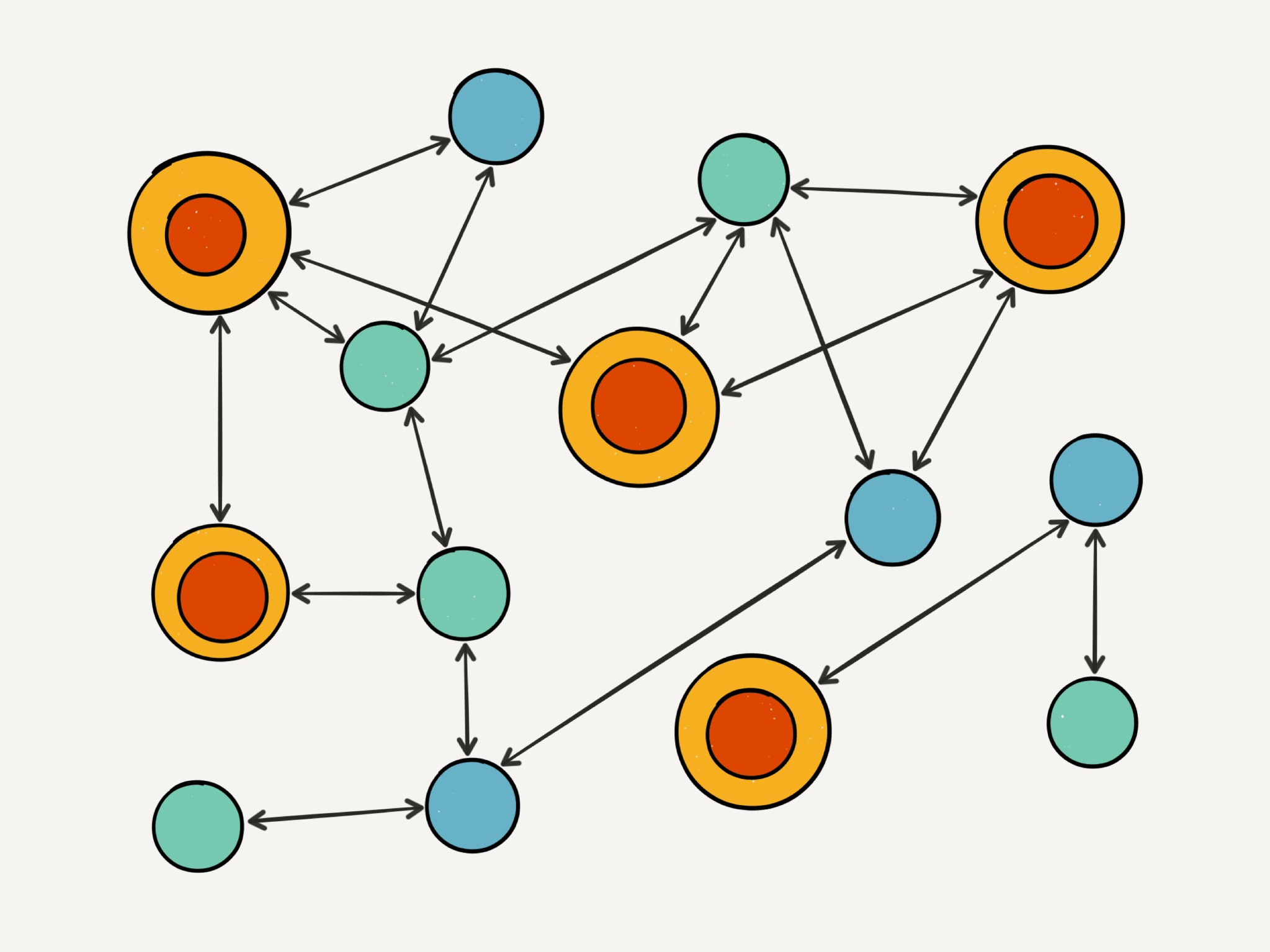As is often the case with my sporadic blog postings, this one has been inspired by a recent flurry on twitter regarding the “Next Generation Digital Learning Environments”. Follow #ngdl #codesign16 if you are interested in joining the conversation.
I am proposing that we focus on Next Generation Digital Learning and forget about the environment element for now. That’s not to say they are not important (I will come on to them) but that we don’t necessarily need any new environments, we just need better links and connections to the ones we have.
My specific tweet is this one:
What if the approach to edtech was more like IFTTT? Bring the digital tools you already use & connect to ours when you want to #codesign16
— Simon Thomson (@digisim) November 3, 2016
What I am suggesting is that we are in danger of focussing on the development of new “environments” (aka platforms) but don’t we have enough of those already?
What I like about the IFTTT approach is that it recognises that individually we select tools and “platforms” depending on many personal factors. What they also recognise is that these platforms can be isolating and build barriers to collaboration. IFTTT’s “recipe” model is fundamentally built around the concept that modern digital tools and services have data input and data output connections and that it’s simply a matter of exploiting these data channels through api’s to get these “platforms” to talk to each other.
Students are building their digital connections way before they join university. They are using a variety of tools (by the way not everyone uses Facebook, but most do) to connect with each other and their families (not usually in the same platforms). In the image below the individuals are represented by the yellow/orange circles & the platforms and tools by the blue & green circles.
This to me seems like a typical perspective on the kinds of digital/physical interactions taking place. Sometimes these take place via platforms, sometimes face-to-face, sometimes individually, sometimes collectively.
Establishing Connections
What we can usually be sure of is that the person is central to the pattern of interaction & the selection of tools (but this may be predicated on where their connections already digitally reside). IFTTT (and increasingly the platforms themselves) allows the connections to flow between platforms in meaningful ways.
Now if we add in a typical piece of edtech (a VLE for example) it sits outside of this already established digitally connected network and looks nothing like the experiences that are being had in other digital spaces.
Square Peg, Round Hole
The VLE is the square peg for the round hole and, like it or not, is an integral part of many universities edtech toolkit. The issue is that is doesn’t look like, feel like or connect like anything else we might use. It often isolates itself and it’s occupants.
So what I am proposing is that we don’t seek to build a new box of edtech, we seek to integrate our digital learning platforms more effectively into students existing digital experiences. For example why shouldn’t I be able to write my blog posts in WordPress and then push to the VLE for grading etc. Why can’t I get my feedback pushed back to my private WithKnown site? Why can’t I engage in my VLE discussion forums via Twitter?
Round Peg, Round Hole
We should focus more on the shape of the tool and the arrows that connect it. The Next Generation Digital Learning should focus on making better use of the tools and services we already have, not to create yet another purple box.




No responses yet